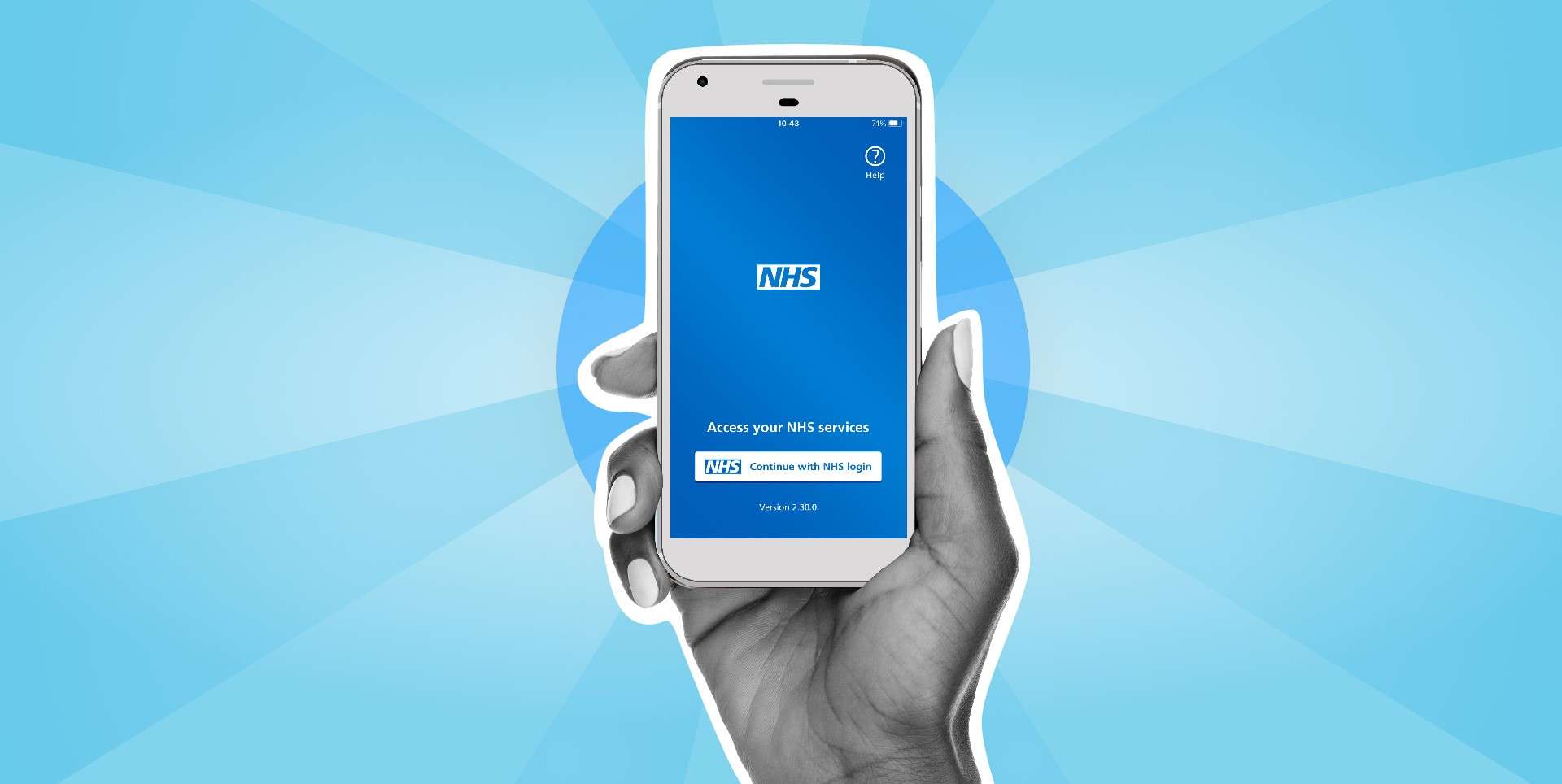NHS Digital has confirmed it is making changes to some of its health statistics, but has rowed back on plans to stop a number of datasets.
NHS Digital wants to produce some stats less often and increase its use of infographics – Photo credit: Pexels
The body – formerly known as the Health and Social Care Information Centre – consulted on the changes between April and June this year, and received 257 responses. It said the aim was to help it prioritise its work, make better use of resources and ensure the statistics it produces are useful and understandable.
In a report on the consultation process, NHS Digital said there was a “strong message” that users supported the body’s direction of travel, which it defined as ensuring that statistics and publications were up-to-date, relevant and add value.
Related content
Metrics on digital transformation to be made public, says National Information Board
Unlocking the power of big data
However, the body said that there were a number of proposals that were not accepted by users, and so it would not be making those changes.
These include proposals to stop publishing triennial datasets on registered blind and partially sighted people and quarterly data on the number of patients registered at a GP practices. NHS Digital said that responses indicated that these datasets were valuable resources, adding that there was “overwhelming opposition” to the scrapping of the GP data.
“The majority of respondents said it would have a high impact on them and their work, prohibiting them from performing their statutory function or completing crucial research,” it said in response to the proposal about the GP data.
NHS Digital also said it would continue to publish provisional accident and emergency quality indicators, but only until a replacement has been developed as part of the ongoing Urgent and Emergency Care Review.
Nonetheless, NHS Digital said it had received support from users and respondents for “most” of its proposals, many of which focus on the way it presents reports.
For instance, it will now provide a very high level summary and key stories on the front page of its reports to help people better understand the main messages from the statistics, and increase its use of infographics.
It will also reduce the level of commentary that comes with some statistics, for instance on breast and cervical screening information and on the prescribing for diabetes report.
Meanwhile, NHS Digital will reduce the frequency of some reports, such as the summary hospital-level mortality indicator, which will now be published on an annual basis rather than every three months.
The report also noted that a number of respondents asked for lower level data, particular at the local authority level, but said that “in almost all cases” NHS Digital already publishes underlying data at the lowest level it can without identification. It said that it would the possibility of offering more granular data would be reviewed regularly.
In addition to the imminent changes, a number of statements indicated that this was the first stage of an ongoing process, suggesting that users should expect more changes in the future.
“As funding pressures increase, we may be forced to review or reprioritise our statistics in the future,” the body said in the document.
“We will reuse the wealth of user feedback provided as part of this consultation to help us do this and we will consult users further if and when this is necessary.”
In addition, it said that increased collaboration across health and care was likely to lead to further changes, “including combining some similar outputs produced by different organisations into a single publications”.



